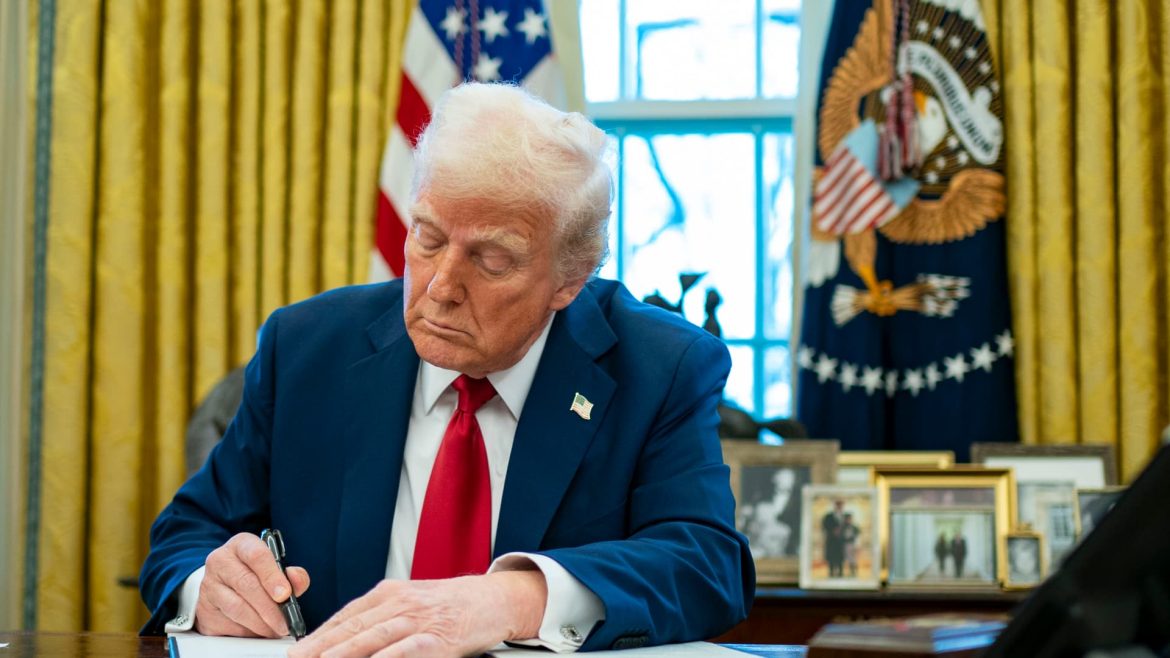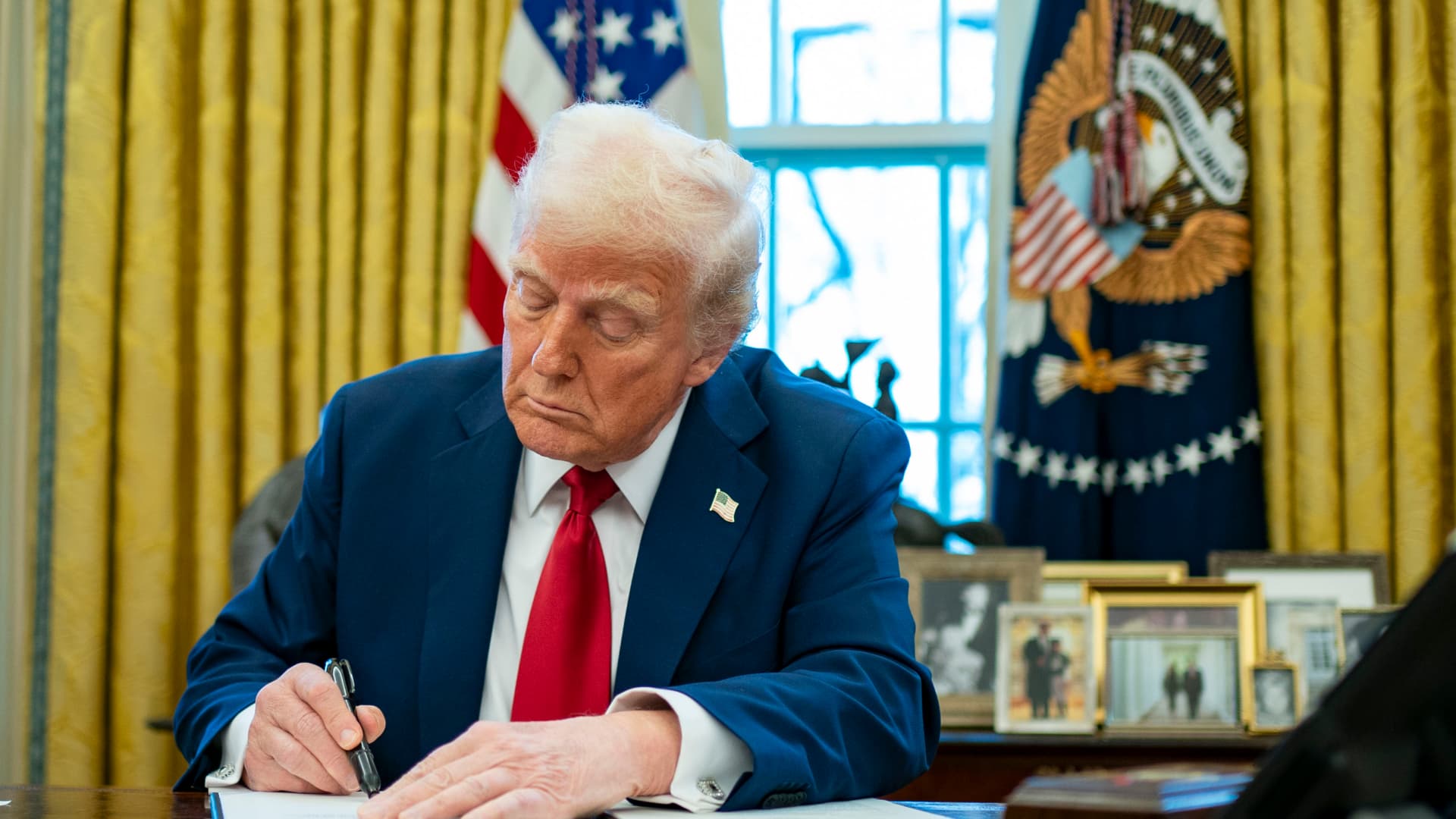President Donald Trump’s recent actions to sign three congressional resolutions aimed at blocking California’s aggressive vehicle emission and electric vehicle (EV) mandates have sparked significant debate around environmental policy, federal versus state authority, and the future of clean transportation in the United States. These measures specifically target California’s trailblazing efforts to accelerate electric vehicle adoption, phase out gas-powered vehicles, and enforce stricter emissions standards for heavy-duty trucks. This report provides an in-depth analysis of the implications, background, and consequences of these developments.
The Crux of the Resolution Signings
On [the day of the signing], President Trump endorsed three key congressional resolutions under the Congressional Review Act. These resolutions collectively aim to:
– Halt California’s 2035 timeline to ban sales of new gas-powered passenger cars and trucks, one of the most ambitious state-level climate policies in the country.
– Rescind the Environmental Protection Agency’s 2023 approval of California’s zero-emission heavy-duty truck regulations.
– Reverse California’s low-nitrogen oxide (NOx) emission rules for medium- and heavy-duty diesel vehicles, which impose stricter pollution controls designed to improve air quality.
These rollbacks represent a coordinated federal effort to nullify California’s vehicle emission rules and curb the state’s leadership in pushing clean vehicle adoption.
California’s Pioneering Role in Vehicle Emissions Standards
California has long been a forerunner in environmental regulation, setting stricter vehicle emission standards that often serve as a model nationwide. The state’s authority to set its own tailpipe pollution controls—initially granted by the Clean Air Act—has enabled it to impose tougher standards than federal regulations. This has spurred automakers to innovate in clean car technologies and accelerate the shift towards electric vehicles.
In particular, California’s plan to phase out internal combustion engine sales by 2035 is a cornerstone of the state’s strategy to combat climate change and reduce air pollution. Additionally, the state targets medium- and heavy-duty truck emissions, which contribute significantly to cumulative pollution and greenhouse gas outputs, by demanding zero-emission and low NOx standards.
Politics and Power: Federal-State Regulatory Conflict
The Trump administration’s move underscores a politically charged tension between federal authority and California’s state-level environmental ambitions. By using the Congressional Review Act resolutions, Congress can override recent federal agency regulations within a narrow window after their enactment. President Trump’s signing effectively repeals key EPA and California initiatives that were issued during the Biden administration, which sought to invigorate the EV market and restrain fossil fuel emissions.
Opponents of California’s aggressive standards argue that these rules distort the automotive market, impose substantial compliance costs on manufacturers, and may hamper innovation by forcing uniform mandates that are difficult to achieve rapidly. Some automakers, such as General Motors and Toyota, reportedly lobbied against California’s stricter rules, preferring a federal regulatory approach.
Conversely, supporters of California’s standards view this federal repeal as a setback for climate progress and public health. California has built decades of clean air progress around its regulatory independence, creating pressure on vehicle manufacturers to develop and promote electric and zero-emission vehicles. The federal rollback threatens to undermine these efforts, slowing the country’s transition to greener transportation.
Impact on the Electric Vehicle Market and Climate Goals
California’s EV mandates have been instrumental in shaping consumer demand, manufacturer production commitments, and technological innovation in zero-emission vehicles. By nullifying these mandates, there is concern the momentum towards widespread EV adoption could falter, particularly in the nation’s largest car market.
The rollback potentially:
– Delays the phase-out timeline for gasoline-powered vehicles, thus prolonging dependency on fossil fuels.
– Weakens incentives for automakers to prioritize EV development given the reduced regulatory pressure.
– Stalls reductions in greenhouse gas emissions and air pollutants from the transportation sector, which is a major contributor to national carbon outputs.
For climate advocates, these results undermine U.S. efforts to meet emission reduction targets enshrined in international agreements and domestic climate strategies. By contrast, stakeholders prioritizing economic or automotive industry flexibility may argue that less stringent regulations allow more balanced, pragmatic innovation.
Broader Implications for Environmental Policy and Industry
This federal intervention sets a precedent for rolling back state-level environmental innovations and ignites debates over the appropriate locus of regulatory power. The resolution signings spotlight the challenges in maintaining consistent progressive environmental regulations in a politically divided landscape.
For automakers, the policy uncertainty and oscillating regulations complicate investment decisions and long-term planning for electric vehicle portfolios. Additionally, environmental and public health organizations are likely to intensify pressure for stronger protections and policies beyond California to compensate for loss of leadership.
Conclusion: A Crossroads for Clean Transportation Policy
President Trump’s executive act to block California’s EV and emission standards illustrates a sharp policy divergence on the future of transportation in the U.S. California’s pioneering regulations have symbolized ambition and regional leadership toward a zero-emission future. Yet, federal pushback threatens to undermine these advances and create fragmentation in clean vehicle policy.
This unfolding regulatory tug-of-war reflects broader conflicts between environmental progressivism and regulatory rollbacks, federalism, and economic considerations. The ultimate effects will hinge on ongoing political will, industry responses, consumer behavior, and legal challenges.
Whether this turn of events represents a temporary obstacle or a significant detour in America’s electric vehicle evolution remains to be seen. What is clear is that California’s bold environmental agenda has ignited a critical national conversation about balancing climate imperatives, regulatory authority, and industrial innovation in shaping the transportation landscape for decades to come.





